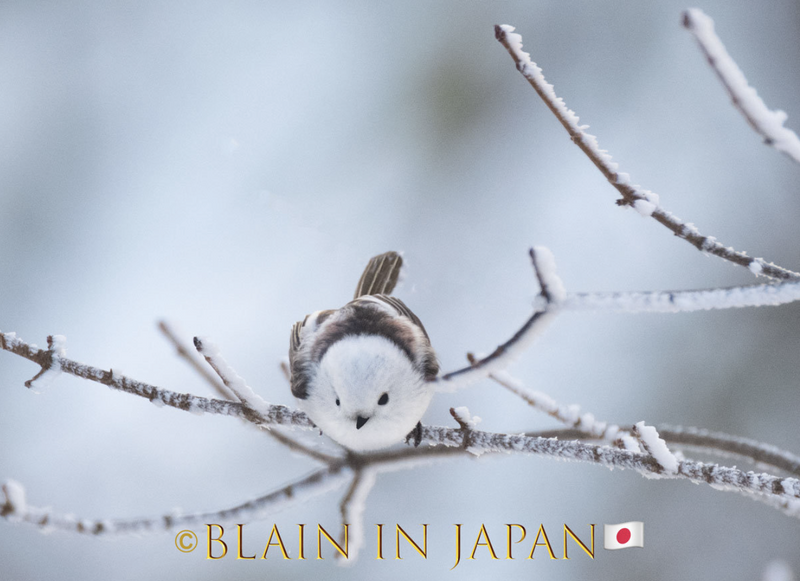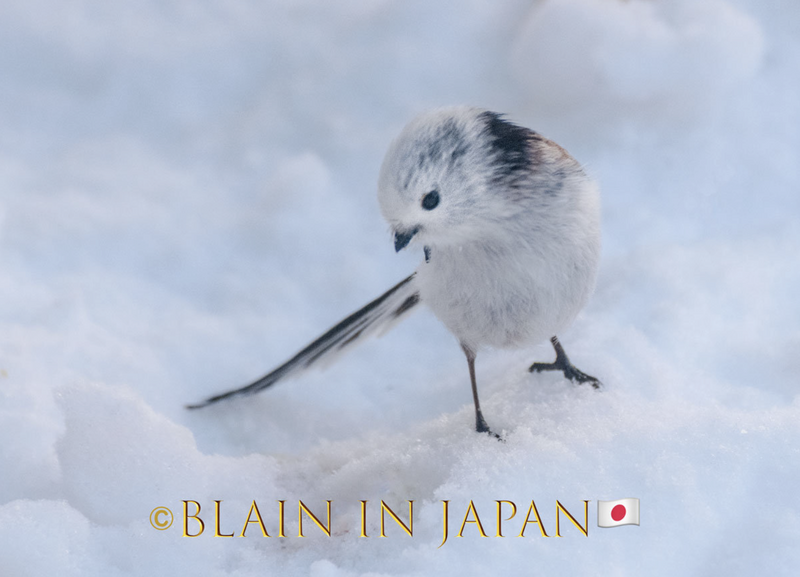May 22, 2022
Shima Enaga in Hokkaido and Camera Setting in Snow
Gallery - Shima Enaga in Hokkaido and Camera Setting in Snow

The snow has now almost completely melted, but I’m already looking forward to seeing it start to fall again and return to Hokkaido this coming winter. While I’m there, one of the more stunning birds to photograph in the snow is the Shima Enaga (Parus caudatus). Hokkaido is known worldwide for its amazing wildlife/birding photo opportunities, and the Red-Crowned Cranes, The Steller's Sea Eagles, White-Tailed Eagles, Ezo Sika Deer, and the Ezo Red Fox are the wildlife I focus on during my annual winter Hokkaido adventure. But I always seek out the Shima Enaga, which can be a little tricky to spot and photograph in the snow because these birds have a uniquely all-white face and under. When photographing in snowy conditions, the majority of the composition is pure white, so your camera meter is going to make the snow middle grey, and if you trust your camera meter, you will be underexposed the majority of the time when shooting white on white.
Most photography instructors will teach you to use exposure compensations and open by 1 stop to 2 stops, to adjust for the expected underexposure resulting from the meter’s reading when photographing in snowy conditions. In the field I recommend compensating manually with your command dial, checking your histogram quickly for exposure "as I always do," 99% of the time I don't play with my camera in the field pushing buttons or trying to rely on the display or viewfinder with mirrorless to view my images and see if the exposure is correct. I don't want to have to think about my gear in the field; wildlife photography is similar to sports photography. A lot is going on around us, and our art is difficult enough, and if we are trying to figure out settings in the field, our wildlife will more than likely be gone. Today's cameras are getting better, and soon we will have more accurate displays, such as my D6 and D850 have much more accurate displays than my D810 or previous digital cameras. And if your image is a little dark in the snow that is okay, with today's digital camera’s sensor and megapixel in the 20 and 60 megapixels range, we can quickly lighten a darkened image when editing on our computers and software by 1-5 stops, without affecting the quality of our image. Overexposing runs the risk of blowing out the highlights, and possibly your subject will have little or no details making your image unusable, so a little darker in the snow to keep the detail is my rule of thumb.

The Shima Enaga is a subspecies of the long-tailed bushtit; also, sometimes, they are referred to as the silver-throated tit or silver-throated dasher. Actually, the species has been described as tiny (at 12-16 cm in length, including their tail at 7-9 cm). Males and females look the same. Their call while in flocks is constant and high pitched, and often you will hear them before you see them, and often they can be challenging to spot. Outside of the breeding season, they live in flocks of 10 - 20 birds, mainly parents, and offspring make up the flock, together with any adult birds that help raise the brood. These flocks are highly territorial and will protect their territory against neighboring flocks. The Shima Enaga occur mostly in Hokkaido, Japan, but they inhabit the entire Palearctic realm. Spring to autumn, females tend to wander into neighboring territories, while males remain within their winter territories. The Shima Enaga or long-tailed tit was first classified as a tit of the Parus group. The Parus has been split from the Aegithalidae and becoming a distinct family containing three sub-group families:
Aegithalos (long-tailed tits) are five species birds with a tail
Psaltriparus (North America Bushtit), monotypic
Psaltriparus (pygmy bushtit), monotypic.
The long-tailed tit is insectivorous throughout the year. The Shima Enaga eat predominantly arthropods and prefer the eggs and astronomical huge moths and butterflies, and sometimes they eat vegetable matter.
I never thought I would call Japan my home, but after 20 years I understand the beauty and appeal of Land of the Rising Sun. Part of my affection for Japan stems from my bride, Manami who introduced me to the essence of this magical land. As an amateur historian and sociologist, the uniqueness of Japan’s past captured my heart and soul, bonding me to the society and culture that is now a part of me. This society has embraced me, and I am no longer a visitor, I have recast myself as a cultural hybrid, always updating my identity with the rich cultural information from the past into the present, and, invariably, the future.



0 Comments